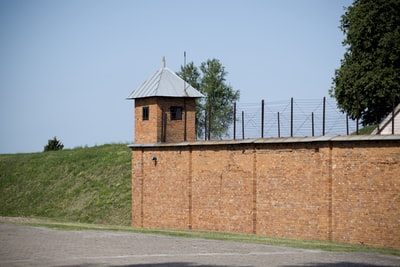1968

By this point, the US Administration was quite eager to get out of the conflict, but to do so in a way that looked like a defeat for them or a victory for Communism would be a disaster. In May 1968 peace talks with the North Vietnamese began. They dragged on for 5 months, and didn’t really get anywhere. The main achievement was Lyndon B. Johnson agreeing to stop bombing North Vietnam towards the end of 1968.
——————————————————
1969 – 1962

It was not an easy task because the Viet Cong had no intention of surrendering or easing up on the US and South Vietnam, and the South Vietnamese were hopeless at fighting the Viet Kong without US support.
The US ended up taking military action that just escalated the conflict. For example, in 1970 and 1971 the US attacked both Laos and Cambodia in an attempt to disrupt Viet Cong supplies and kill guerrillas who were hiding out in these countries. These attempts failed, and in some cases were a disaster. In February 1971, for example, the South Vietnamese attacked Laos. Half of their invading forces were killed, demonstrating they were totally incapable of fighting the Viet Cong alone. The US also went back to bombing North Vietnam.
There was another presidential election at the end of 1972, and the big issue was unsurprisingly Vietnam. Henry Kissinger, Nixon’s Secretary of State, had been in secret negotiations with the North Vietnamese, and in late October he thought he had succeeded in creating a peace treaty. However, the South Vietnamese refused to sign it because they thought that the treaty was being used as a way to let America pull out and leave the South to be captured by the North. This made the North Vietnamese walk out of the negotiations.
Nixon’s reaction to this was to simultaneously launch a massive bombing campaign on North Vietnam, crushing what little economic resources it had left, but also at the same time demanding that the South agree to peace terms (you might suggest this was the wartime equivalent of bashing two people’s heads together to make them stop fighting).
——————————————————
Peace at last!

And what about North and South Vietnam? Did they finally become friends? Nope. For one thing, under the terms of the Paris Peace Accords, the North Vietnamese were still allowed to send supplies to the Viet Cong troops there, who were soon up to their old tricks again. Then, in December 1974, North Korea attacked the South again. The US Congress refused to provide more funds to help the South. At the end of April 1975, the capital of South Vietnam, Saigon, fell to the North Vietnamese. After nearly 60,000 US military and over one million North and South Vietnamese deaths, the US had failed to stop Communism triumphing in Vietnam.